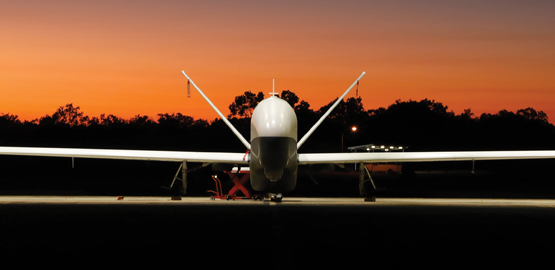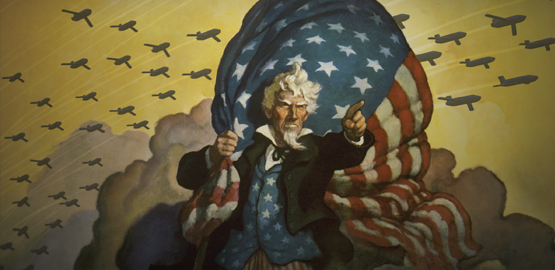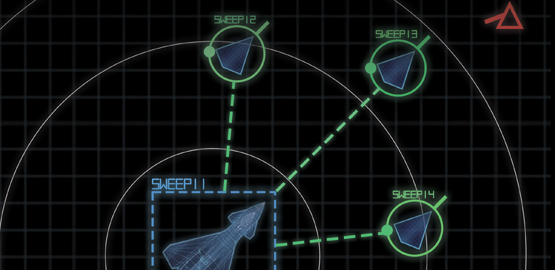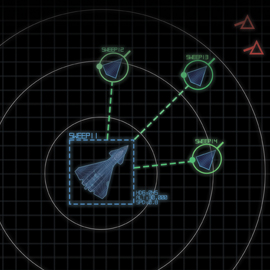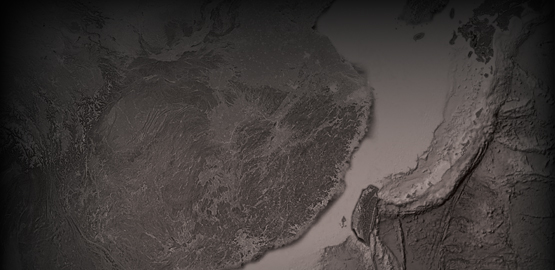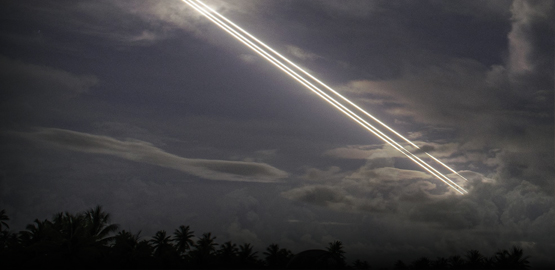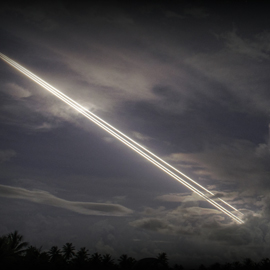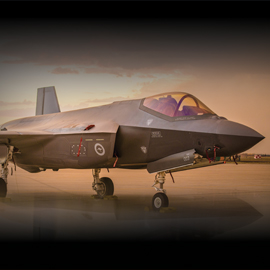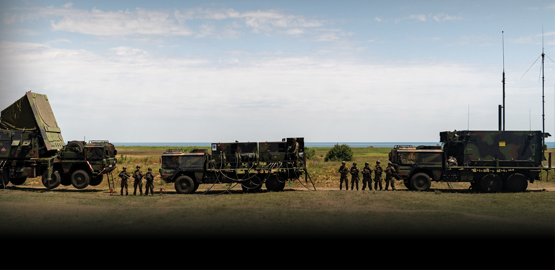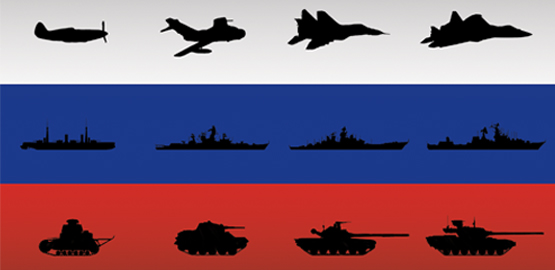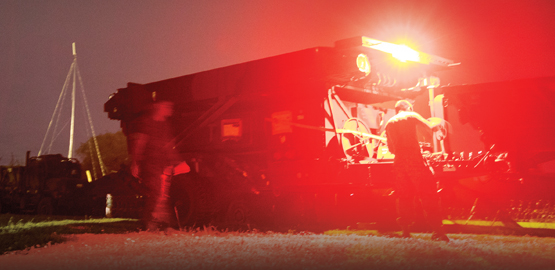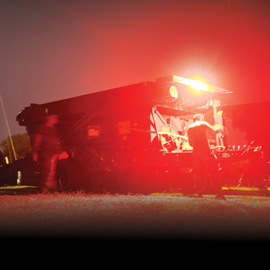For almost three decades, CSBA has been a reliable source of independent, path-breaking research focused on the future of defense.

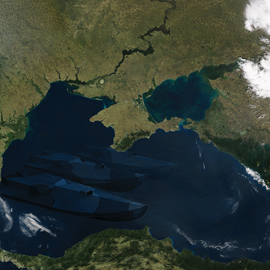
The heart of CSBA is our staff of uniquely qualified defense experts who conduct in-depth strategic and budgetary analyses.
Latest Publications
A Navy of Necessity: Ukraine’s Unmanned Surface Vessels at War
Ukraine stood on a strategic precipice in 2022. With its navy eliminated in the first weeks of Russia’s full-scale invasion, Ukraine was left with a shoreline vulnerable to amphibious assault and its vital maritime commerce exposed to interdiction by Russia’s Black Sea Fleet. Yet by mid-2023, Ukraine had forced the Russian navy into a defensive posture and resumed seaborne grain exports.
Securing Space Superiority: U.S. Deterrence Options in a Two-Rival Threat Environment
Military competition in and for space is rising. Both the People’s Republic of China (PRC) and the Russian Federation have put significant effort into developing, demonstrating, and fielding counterspace capabilities that could allow the Chinese and Russian militaries to threaten U.S. space systems. Is the United States prepared to compete with and deter two space rivals simultaneously?
Unstable Equilibrium: Analysis of the 2026 Defense Budget Request
The fiscal year 2026 Defense Department budget request, supplemented by reconciliation, would restore the upward drift in defense spending that has persisted for a decade as U.S.–China military competition has intensified. By following that pattern, the budget may appear to be on a well-grooved course. In actuality, it is an unstable equilibrium among contending ideas and factions within President Donald Trump’s governing coalition.
Indo-Pacific Stronghold: Northern Australia’s Role in the Australia-U.S. Alliance
Over the past decade, Australia’s strategic situation has gotten worse due to Beijing’s expanding ambitions and the growth of Chinese military power to back them up.
In Indo-Pacific Stronghold: Northern Australia’s Role in the Australia-U.S. Alliance, CSBA’s President and CEO, Thomas G. Mahnken, argues that Australia is located in a geographic sweet spot. It is far enough from China to avoid having to face the volume of missile fires that confront Taiwan and Japan while being close enough to the scene of potential conflicts, such as Taiwan and the South China Sea, to be operationally relevant.
Testimony Before Select Committee of the U.S. House of Representatives on The Chinese Communist Party
On June 25, 2025, CSBA President and CEO, Dr. Thomas Mahnken, testified before the Select Committee of the U.S. House of Representatives to discuss the ongoing competition between the United States and the People's Republic of China in the field of artificial intelligence.
Arsenal of Democracy: Myth or Model? Lessons for 21st-Century Industrial Mobilization Planning
A protracted war between the United States and China would create immense demands for munitions, requiring production to be grown far beyond surge capacity. These demands have led to calls for the United States to mobilize its defense industry and rapidly expand munitions production, with policymakers and commentators hearkening back to the nation’s role as the “Arsenal of Democracy” in World War II. What would industrial mobilization look like in the 21st century, and how can the Department of Defense prepare for expanded production requirements?




